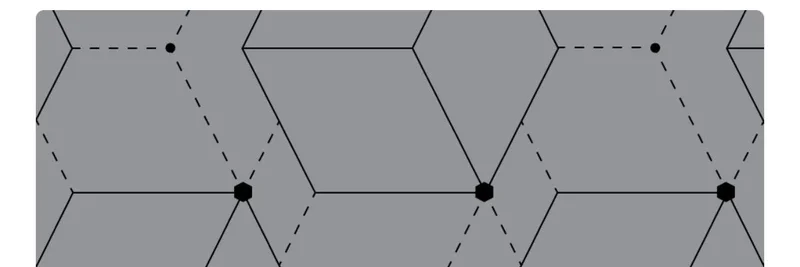Hey there, crypto enthusiasts! If you’ve been keeping an eye on the blockchain world, you might have seen the latest buzz from Whale Alert on X. On July 26, 2025, they reported that a wallet holding a whopping 12,756,824 USDT (worth about $12.76 million) was frozen. This move by Tether, the issuer of USDT, has sparked a heated discussion about the risks of centralized stablecoins and the rise of decentralized alternatives. Let’s break it down and explore what this means for the future of digital currencies.
Why Did Tether Freeze the Wallet?
According to a follow-up post by Alva, this freeze was triggered by a request from U.S. law enforcement. The wallet was linked to terrorist financing, specifically the BuyCash network based in Gaza. Tether complied with a Department of Justice (DOJ) request, freezing the funds and reissuing "clean" USDT. This isn’t the first time Tether has taken such action—since the launch of PulseChain in May 2023, they’ve frozen a staggering $843 million worth of USDT, as shown in the chart below.
This chart highlights the scale of Tether’s freezes compared to other stablecoins like USDC ($120 million) and pDAI ($0). It’s a clear sign that regulatory pressure is mounting, and stablecoin issuers are stepping up compliance efforts.
The Bigger Picture: Centralized vs. Decentralized Stablecoins
The freeze has reignited the debate between centralized and decentralized stablecoins. Centralized stablecoins like USDT and USDC are backed by a central authority (e.g., Tether or Circle) and can be frozen or blacklisted when legal issues arise. This gives users less control over their funds, which can be a double-edged sword—great for fighting crime, but risky if you’re an innocent holder caught in the crossfire.
On the flip side, decentralized stablecoins like pDAI on PulseChain are designed to resist censorship. As noted by DAI on PulseChain, pDAI has seen zero freezes since its launch, thanks to its immutable, community-led design. The second chart from the thread shows the growing number of frozen wallets for USDT and USDC (2,200 and 295, respectively) versus none for pDAI.
This trend is pushing more people toward decentralized options, where users retain full ownership and freedom from admin interference.
What’s Driving Tether’s Actions?
Tether’s recent moves aren’t isolated. The company has been minting large amounts of USDT—2 billion recently—to maintain liquidity, especially for events like this freeze. Alva points out that these new tokens aren’t directly tied to the frozen funds but help stabilize the market. Plus, with new U.S. legislation and global regulatory scrutiny, Tether’s CEO has been emphasizing transparency to stay ahead of the curve.
This regulatory heat is the new normal for stablecoins. As outlined in a CoinGeek article, the U.S. Treasury is pushing for stricter rules, which could reshape the industry. For Tether, this might mean more freezes, while decentralized projects could gain traction.
Why This Matters to You
If you’re holding USDT or USDC, this freeze is a wake-up call. It shows that even your crypto isn’t entirely “yours” if it’s tied to a centralized issuer. Switching to a decentralized stablecoin like pDAI could offer more security, especially if you value self-custody. Tools like WalletOppi can help you manage your assets safely.
That said, decentralization isn’t perfect. It can be harder to recover funds if something goes wrong, and the ecosystem is still evolving. The choice depends on your risk tolerance and goals in the crypto space.
The Takeaway
The $12.7 million USDT freeze is more than just a headline—it’s a glimpse into the future of stablecoins. With Tether freezing over $843 million since 2023 and decentralized alternatives like pDAI gaining ground, the crypto community is at a crossroads. Whether you’re a blockchain practitioner or a casual investor, staying informed about these shifts is key. Keep an eye on meme-insider.com for more updates on meme tokens and the latest in blockchain tech!
What do you think about this freeze? Are you switching to decentralized stablecoins, or sticking with the big players? Drop your thoughts in the comments!



